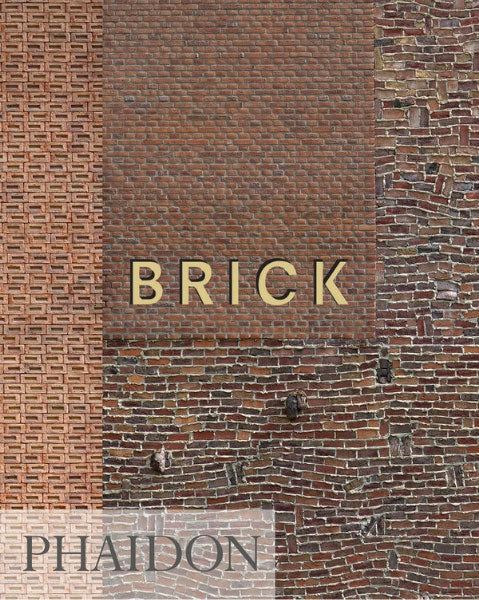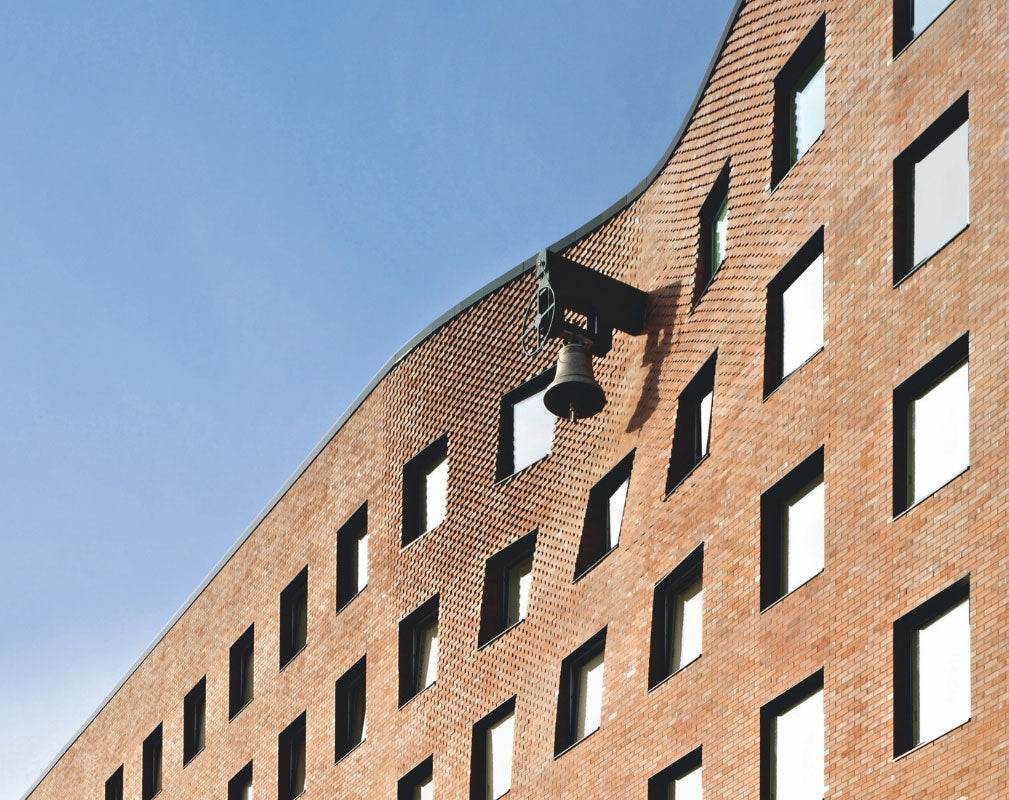
Brick by William Hall is an in depth exploration of the most surprising and inspiring architecture created from the world's oldest manmade building material.

Brick by William Hall has recently been rereleased in a new, easy-to-use, mini format and is now available at a more affordable price. It still contains all the insightful content from the original edition only now it comes in a more tactile size.
The book is illustrated with stunning photography of brick-built buildings from around the world, showcasing the versatility and potential of this often overlooked building material. The photographs are accompanied by detailed captions that provide all the relevant information about each project.
Historian and BBC television presenter Dan Cruickshank has written an insightful opening essay that examines the fascinating history of this enduring building material. He talks about the inherent properties of brick that have been acquired through the making process, and details what it is about this material that he finds so endearing.
He describes, in detail, the first cities that were built from brick some 6000 years ago in Mesopotamia and uncovers bible passages that describe the process of building using bricks and mortar. He also explores the technological innovations that improved the manufacture and application of brick through the ages.
He ends his essay by highlighting the fact that even today, in this age of ever-increasing concern over ecology, sustainability and energy conservation, bricks – with their long-life span and splendid insulation characteristics – remain an ideal building material.
Hall, who began his career in the office of the minimalist architect John Pawson before setting up his own design practice in London, then presents a variety of impressive building projects from around the world that use this humble material, which has been an architectural staple for centuries. The content is broken down into eight distinctive sections: form, texture, juxtaposition, landscape, light, mass, presence and scale.
Within these chapters, the content is arranged in such a way that it promotes discussion and comparison. An American arts centre sits next to an English castle, a French war memorial is shown alongside a Russian cathedral, and a Uruguayan church is seen next to a school in Burkina Faso.
From early works of architecture to modern masterpieces, Hall presents the work of some of the most celebrated architects of the 20th Centruy, including the likes of Mies van der Rohe, Alvar Aalto, and Frank Lloyd Wright. Innovators working into the 21st Century are also included as Hall presents Frank Gehry, Peter Zumthor,and Kazuyo Sejima amongst others.
Brick, in its new mini format, is an excellent resource for anyone looking to learn more about the history of building with brick and what this magnificent material is capable of.
Brick, Mini Format by William Hall is published by Phaidon, £14.95, available here.




